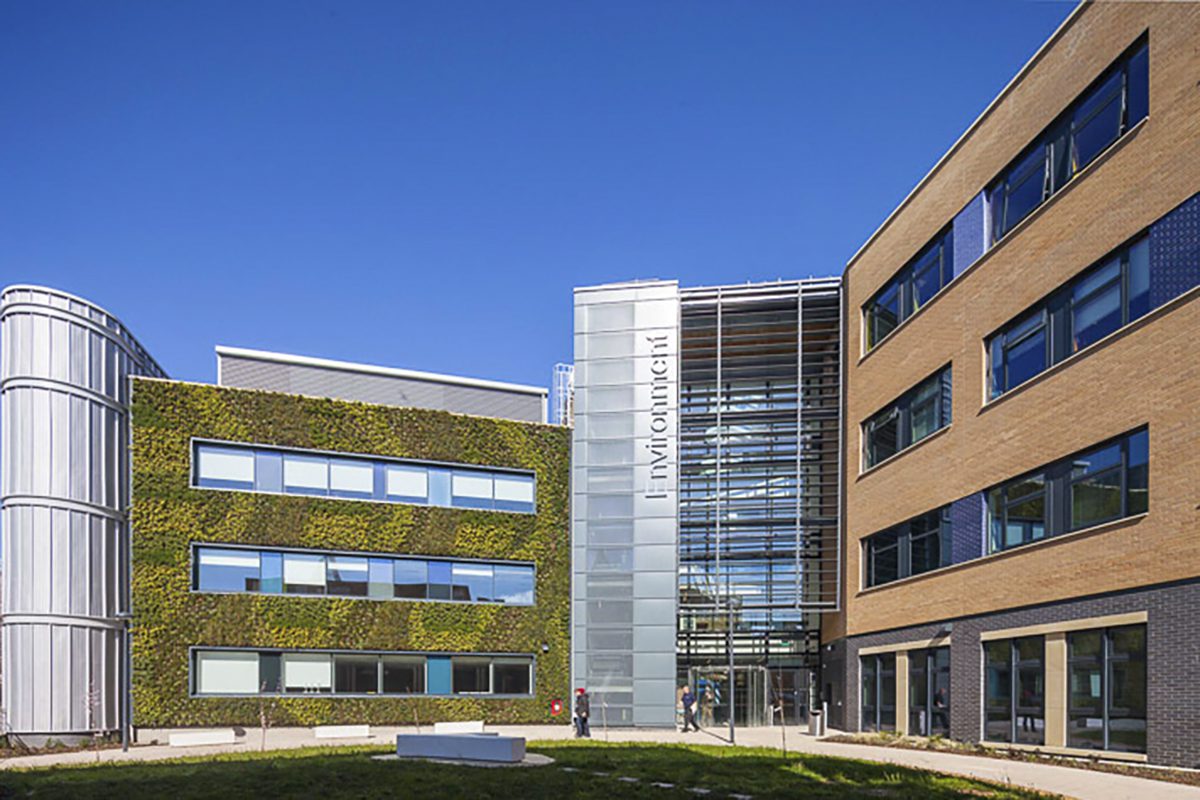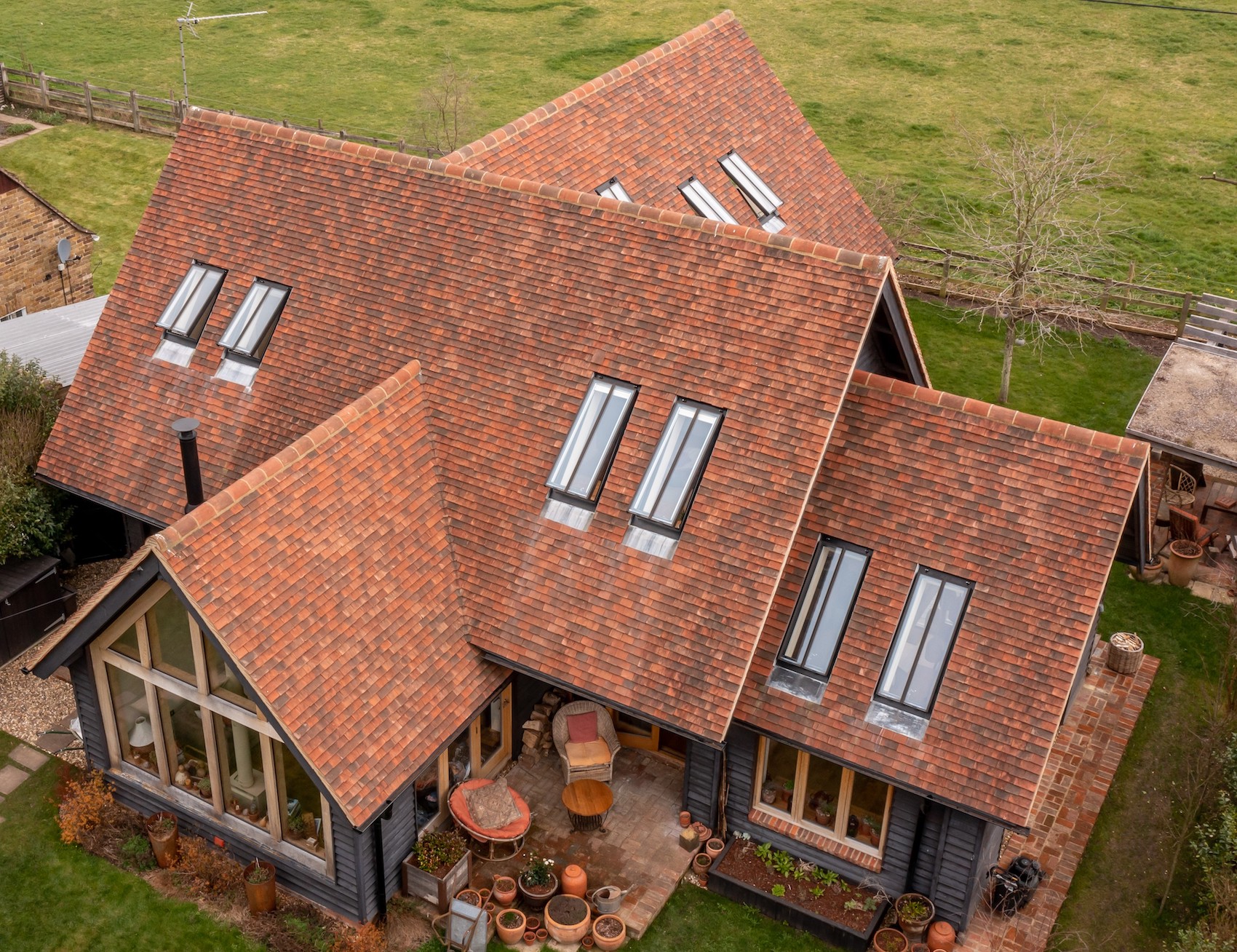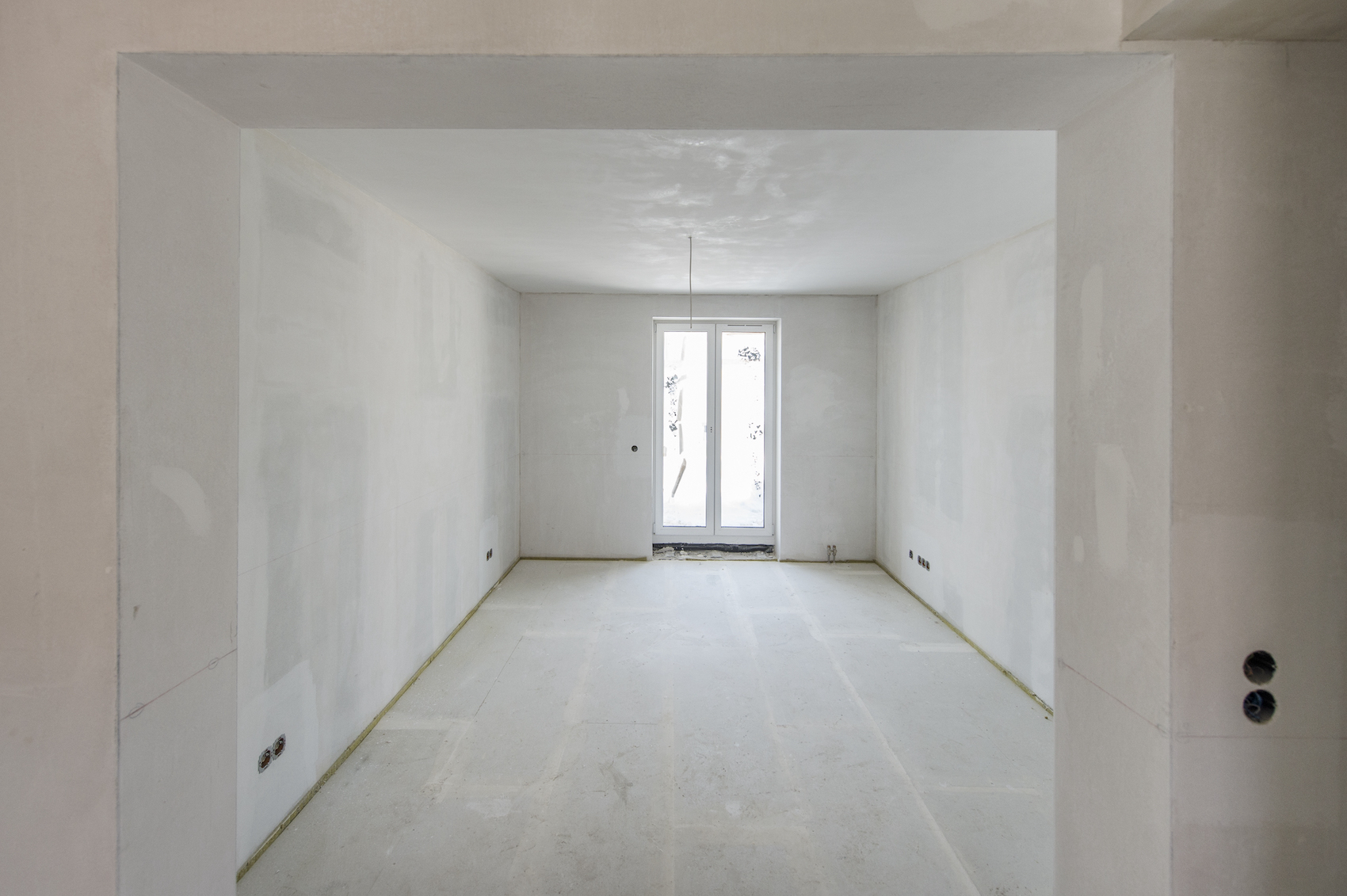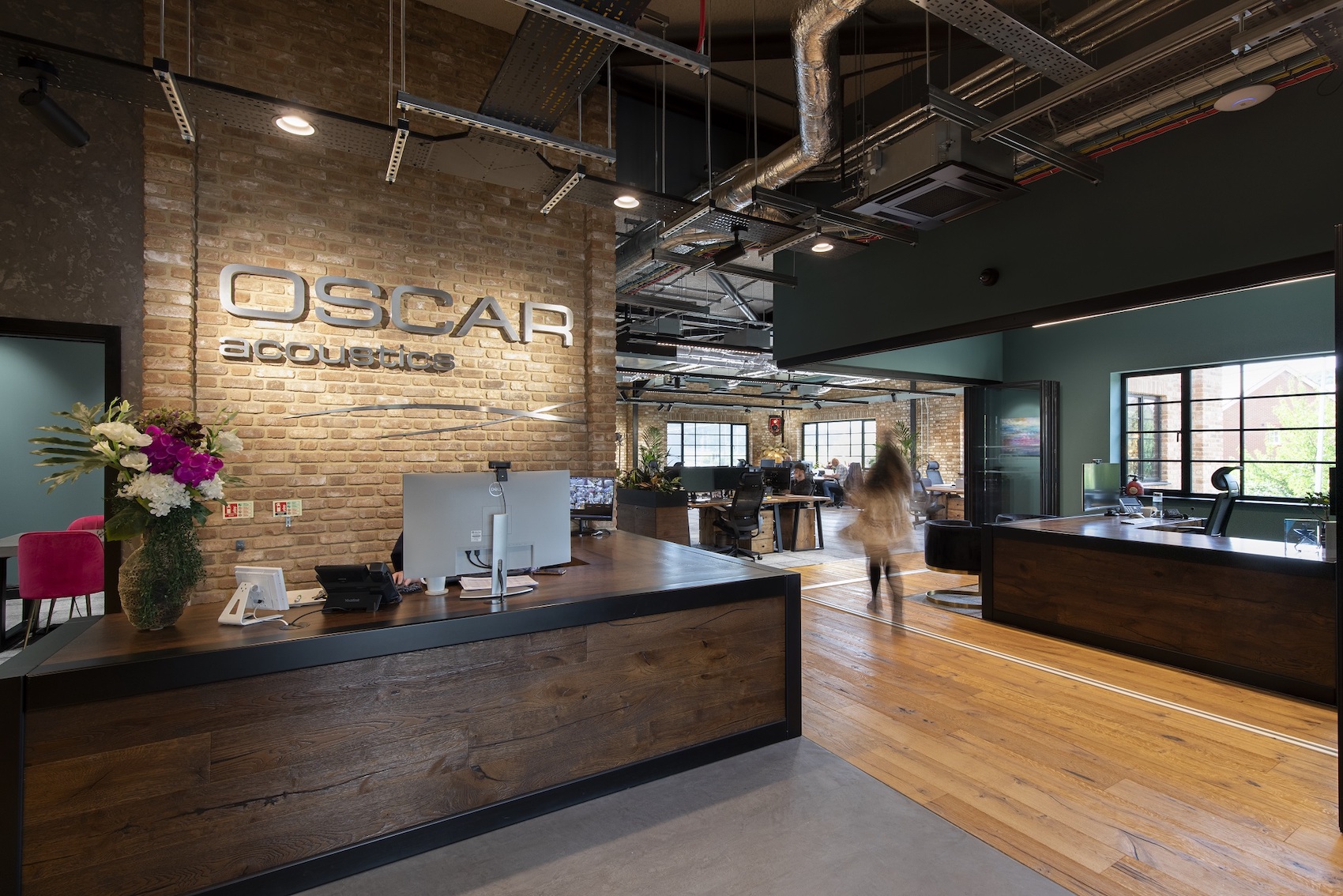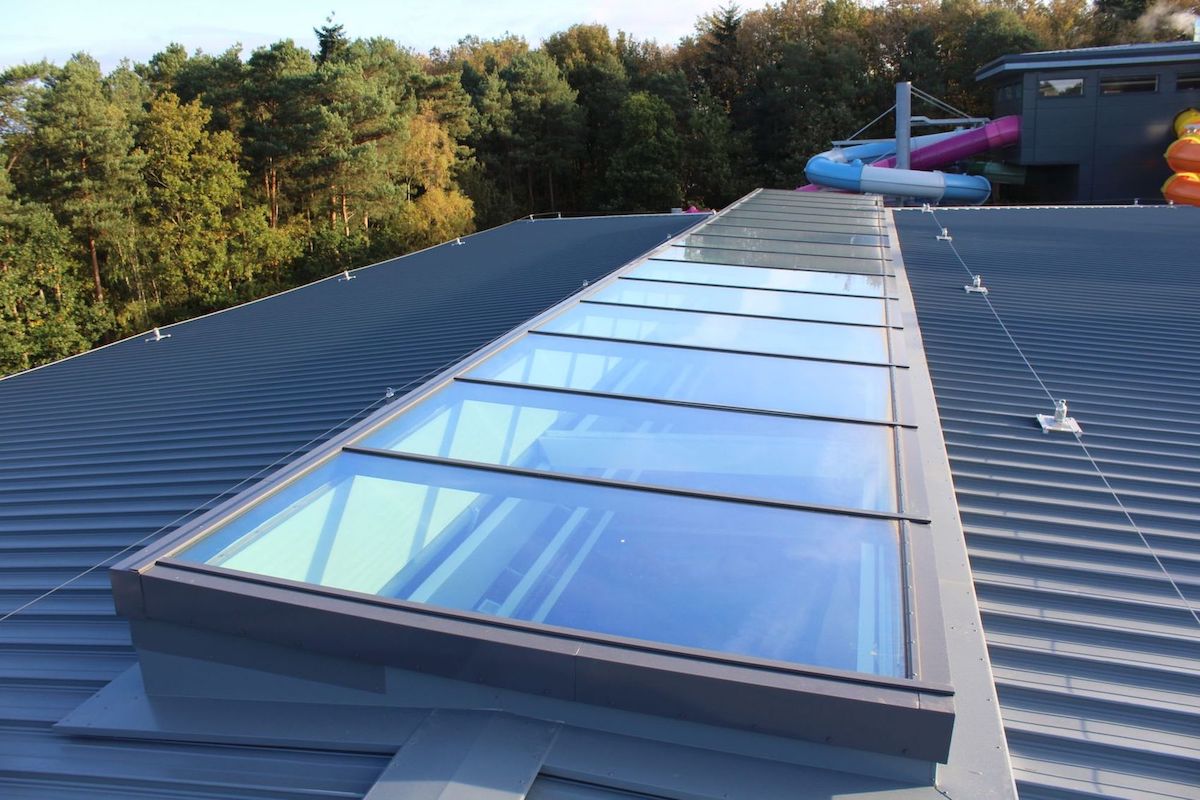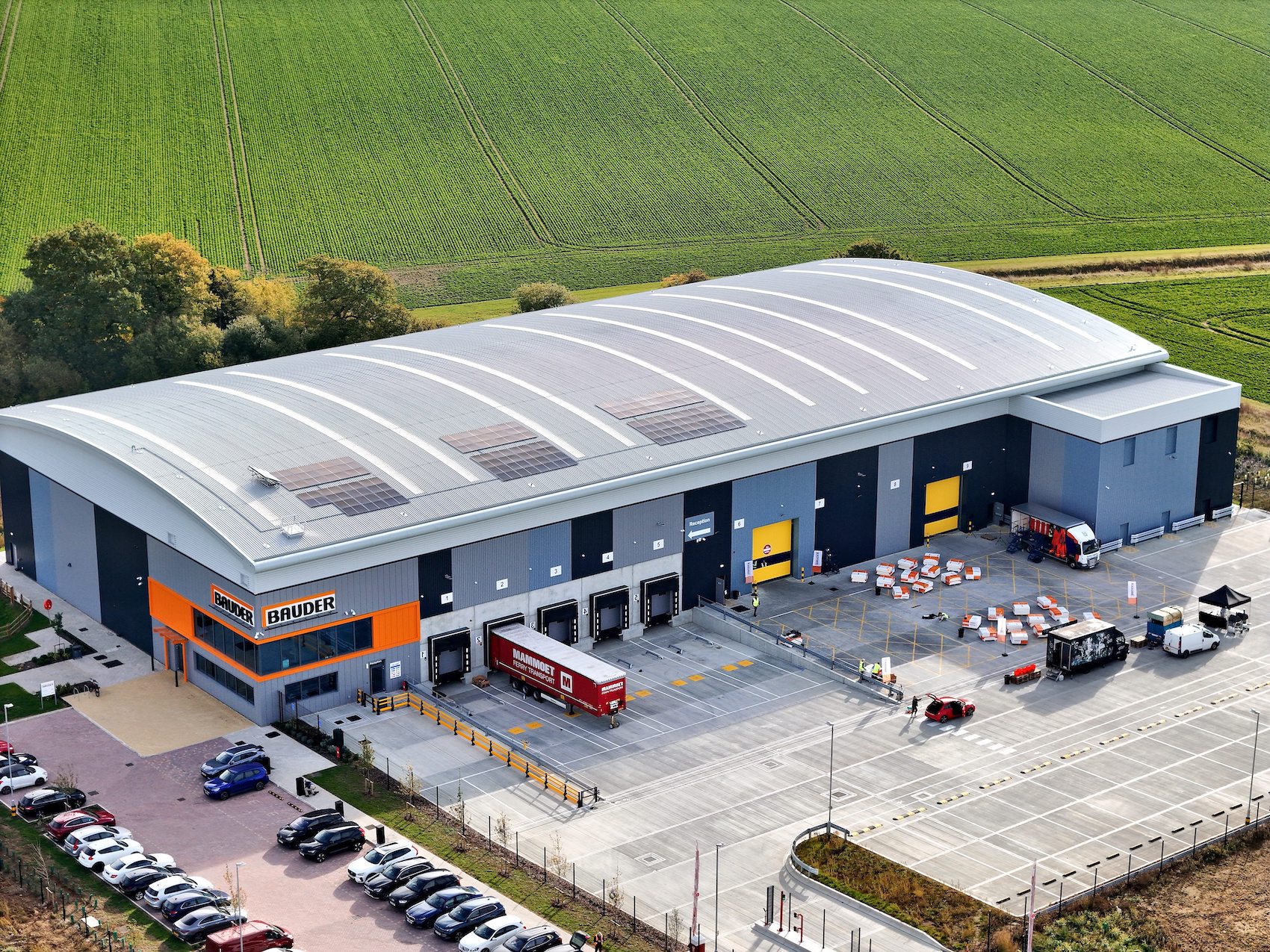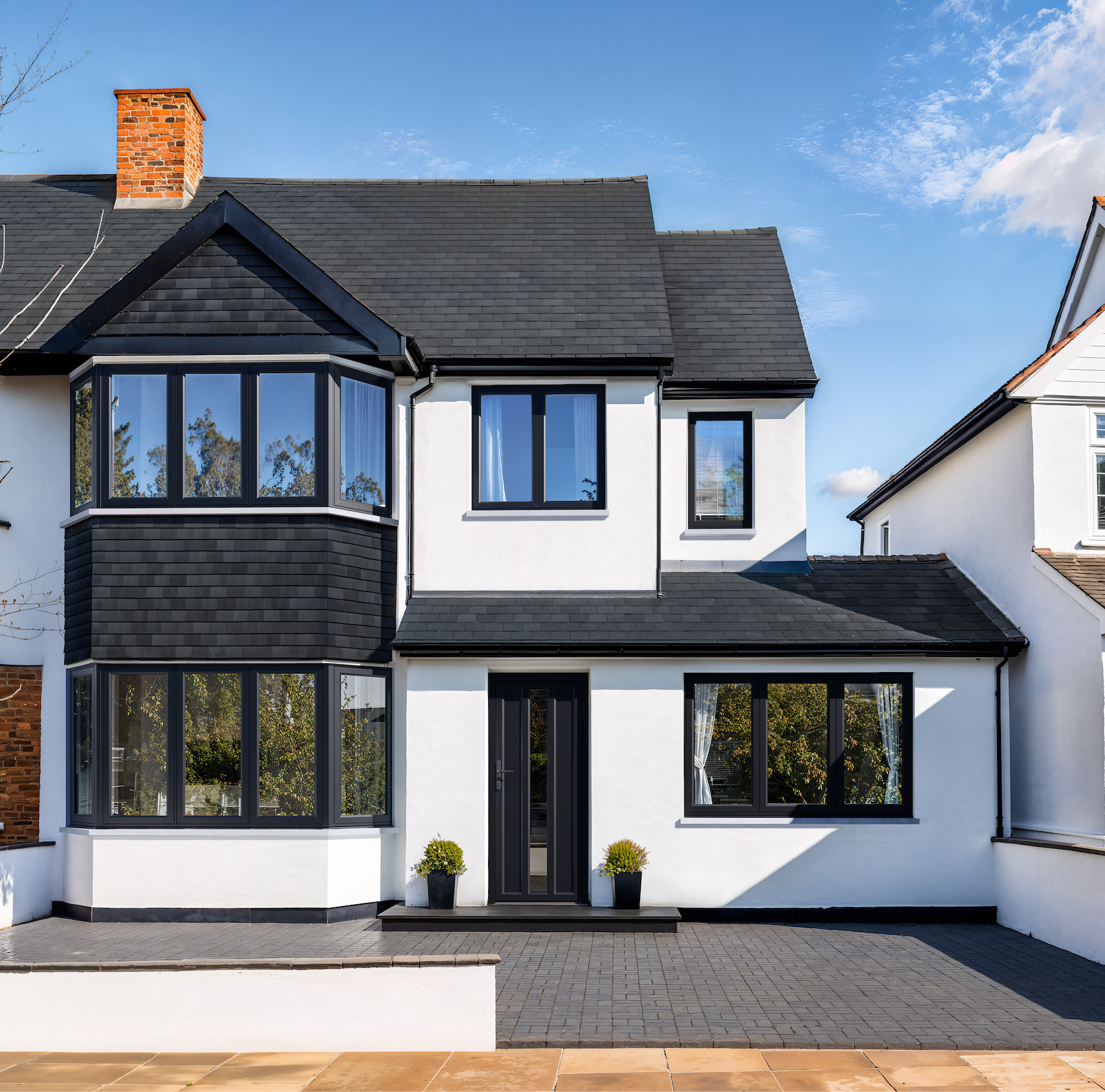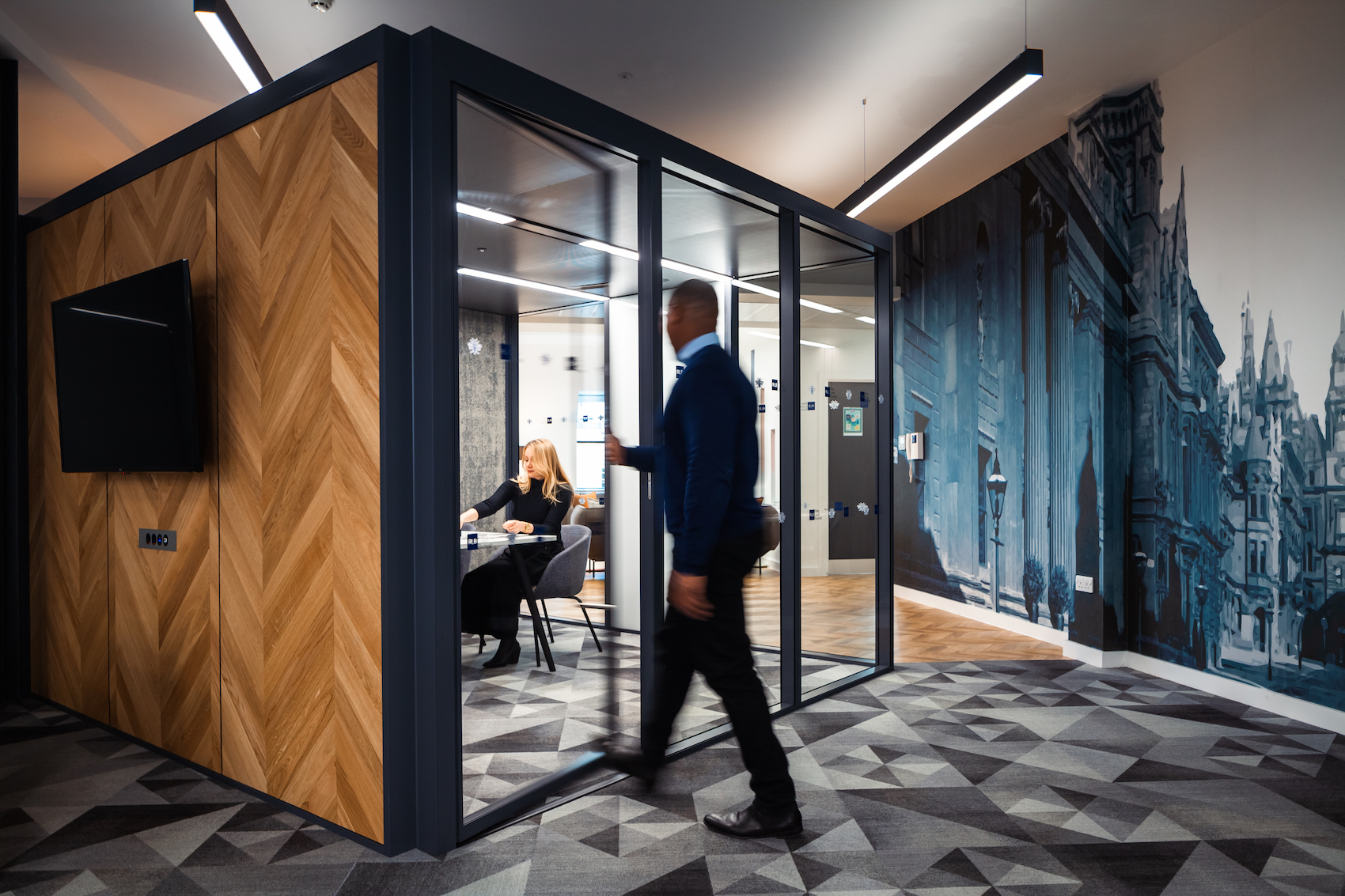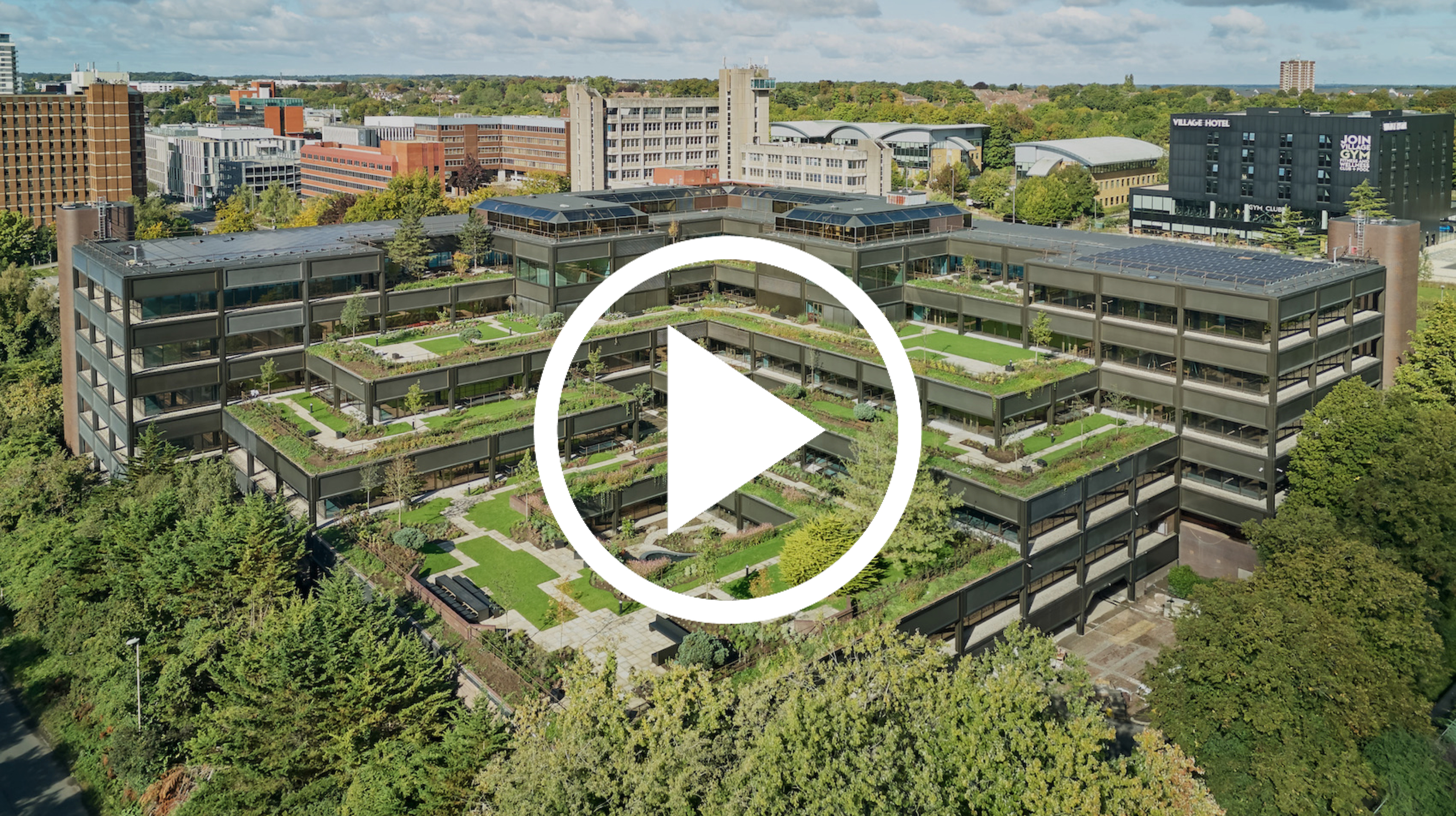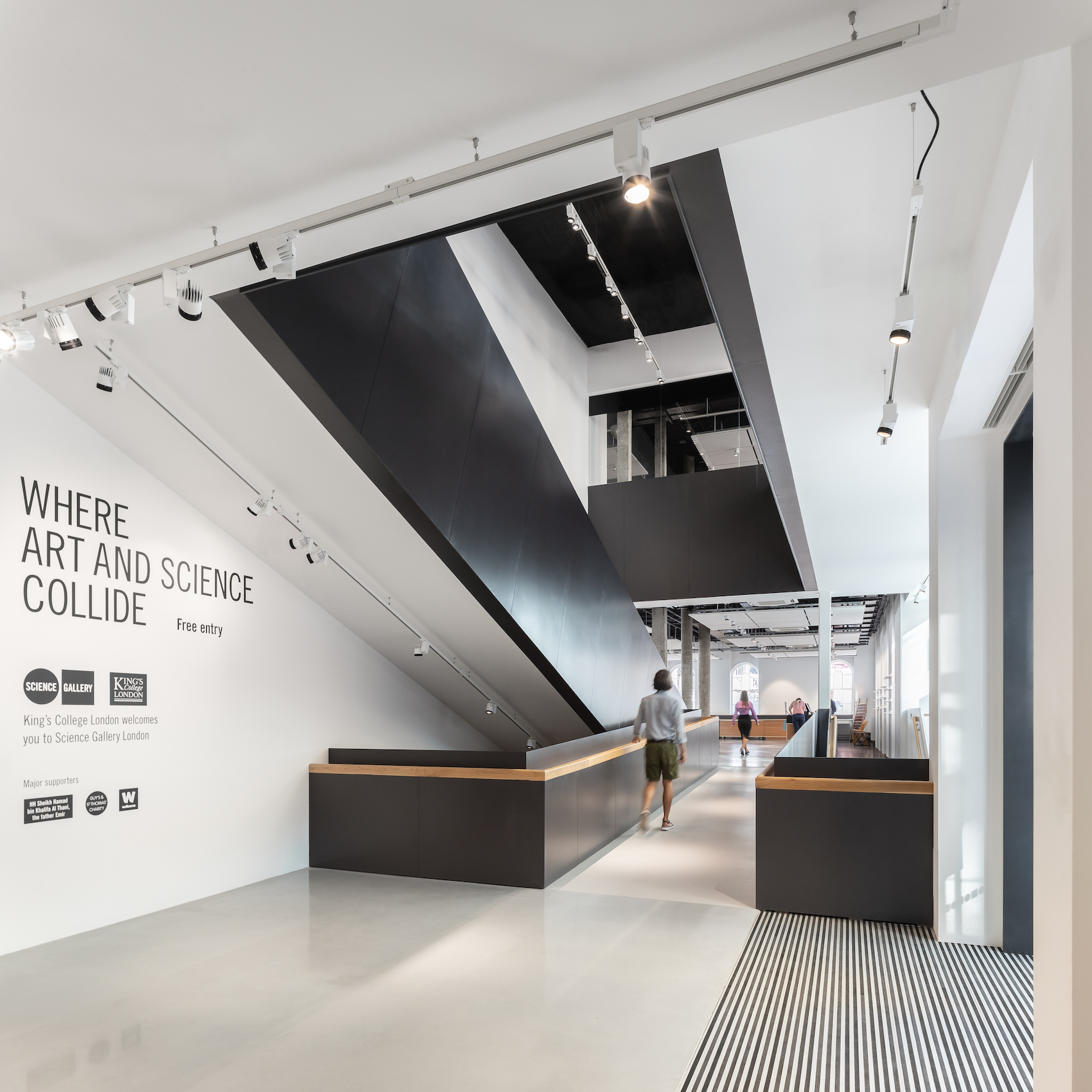Aluprof UK explores what is, and what is not, sustainable construction.
In association with![]()
Caring for ecology in construction is not only about the technologies that minimise heating costs or water consumption, it’s a much more complex concept covering the entire process from building design to construction, operation and finally decommissioning.
What’s all the fuss about?
Climate change is real. We feel it more and more every year. Caring for ecology is no longer a ‘fashion for the chosen few,’ it’s becoming the standard position, and one of its most important aspects is sustainable construction. So why is this trend starting to dominate the industry?
RAD building, Nottingham University. Applied system: MB-104 Passive, MB-TT50
The construction industry is not only one of the fastest growing sectors, but also one that has an intense impact on the natural environment. It is responsible for around 40 per cent of energy consumption and 36 per cent of CO2 emissions in the EU, according to ESG Real Estate Insights 2021, Deloitte.
This situation is being changed by sustainable construction, whose main tasks are:
- Reducing CO2 emissions, including emissions in the production and transport of building materials
- Minimising construction and demolition waste, as well as recycling building materials
- Improving the comfort of building users, from thermal comfort and air pollution inside the building, to issues such as the location of the project and access to public and/or ecological transport
61 Ninth Avenue, New York, USA. Applied systems: MB-SR60N, MB-SR60NY
As you can see, it is not the individual features of a building that determine whether it is a sustainable, but the entire spectrum that goes well beyond the moment the project is built and used. Therefore, the responsibility for whether a project can be called sustainable is a collective one and applies to all the people involved in it, from architects and designers, through to investors, developers, material suppliers, contractors, and subcontractors.
Prestige Student Living Base, Glasgow. Applied systems: MB-SR50N, MB-70HI, MB-70US and MB-59S
Sustainable construction facts
Multi-criteria rating systems have been developed to independently verify the sustainability of buildings. The most popular of these in Europe is the BREEAM system, which was established in the UK in 1990.
“BREEAM standards are really strict, but are possible to meet if all the elements of the investment process are taken care of,” explains Aluprof UK managing director Wojciech Brożyna. “Our experience shows that climate-neutral construction is feasible and increasingly desired by market decision makers. This is evidenced by, among other things, recent investments using modern Aluprof aluminium systems. One of such project, AFI V.Offices in Krakow, obtained ‘Outstanding’ certification with a score of 98.87 per cent.”
AFI Park, Krakow, Poland. Applied systems: MB-59S Casement, MB-77HS, MB-86, MB-SR50N, MB-SR50N EFEKT
With regards to certification, the entire investment process is assessed in detail. Not only are aspects such as energy efficiency considered, but also, for example, how much waste is produced during construction, and what carbon footprint is created in the manufacture and transport of the prefabricated elements. Importantly, the BREEAM standards apply not only to new buildings but also to refurbishment and fit-out projects.
County Council refurbishment, Conwy. Applied systems: MB-59S, MB-SR50N, MB-SR60N
Let’s build a better future – it’s already happening!
“One of the most common mistakes in thinking about sustainable construction is the belief that we can talk about ecology only when natural materials are used, such as stone or wood,” says Brożyna. Our aluminium components can be found in dozens of buildings around the world, with some of them achieved ‘Excellent’ or ‘Outstanding’ BREEAM ratings. So how is this possible with aluminium?
Aluprof’s production is based on a low-emission machine park. We produce six times less CO2 than other aluminium component manufacturers. As much as 65 per cent of our raw material comes from recycling. Our standard extrusions have CO2 emissions at 2.9 tCO2e against the European average of 8.6, and the world average of 16.7. Buildings constructed with our technologies can be easily modernised and after demolition recycled. As a company we also promote the benefits of product maintenance after installation to prolong serviceability and limit need for repair or replacement. This is why customers applying for ecological certificates choose our products.”
Contact Details
For more information, please visit the Aluprof UK website.


